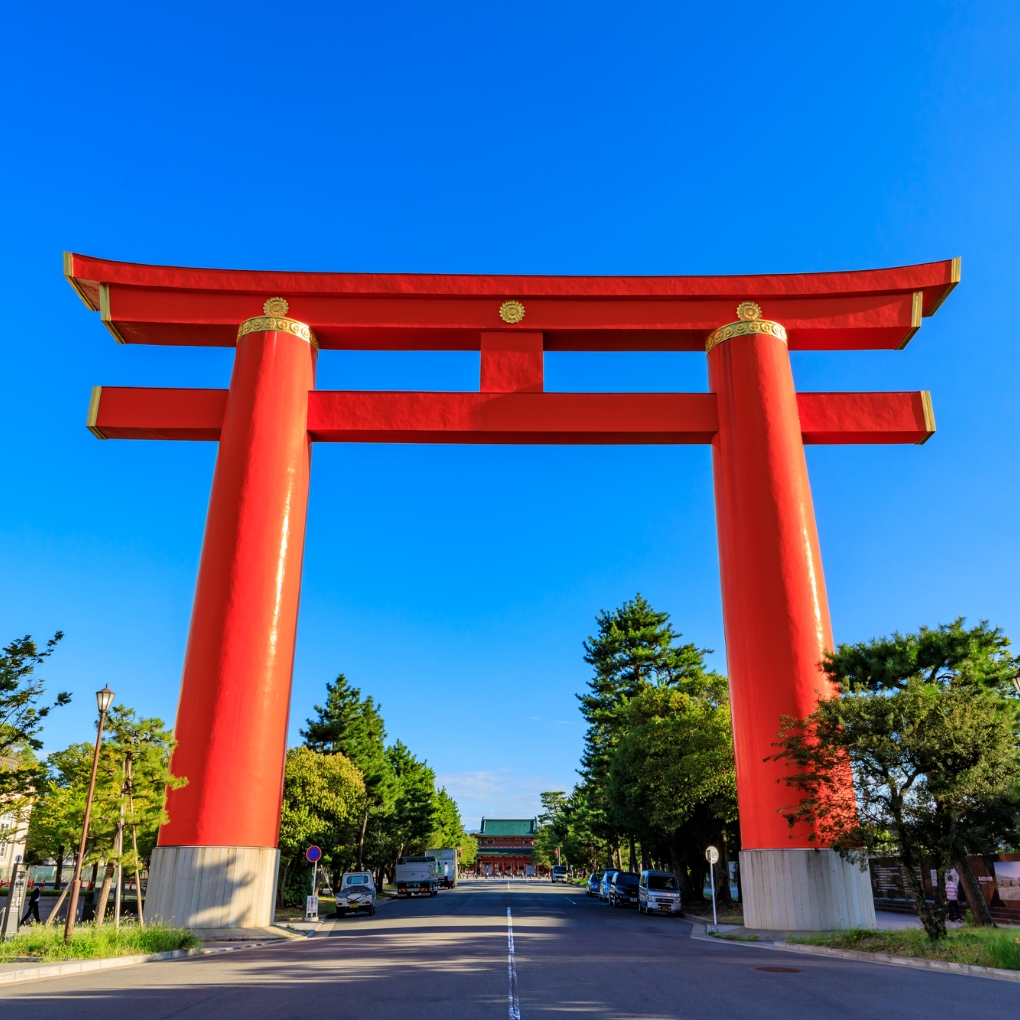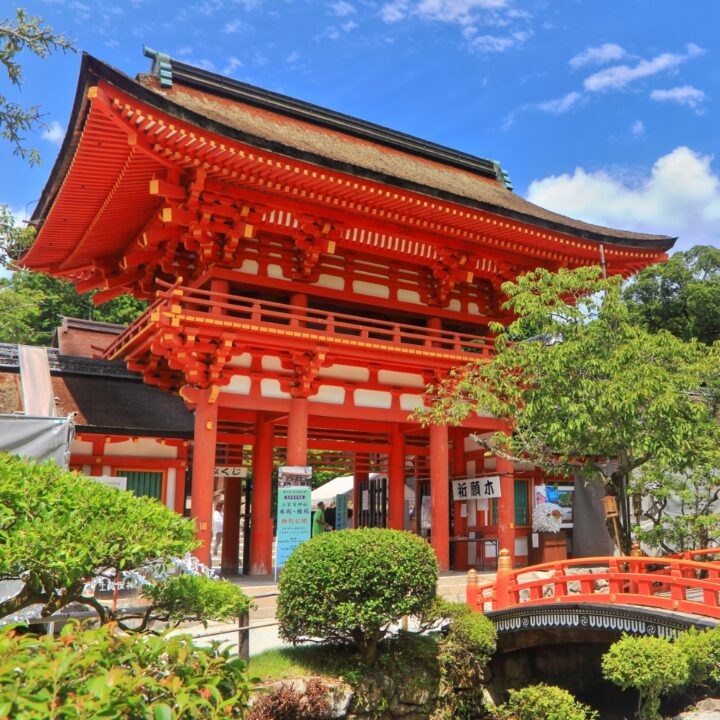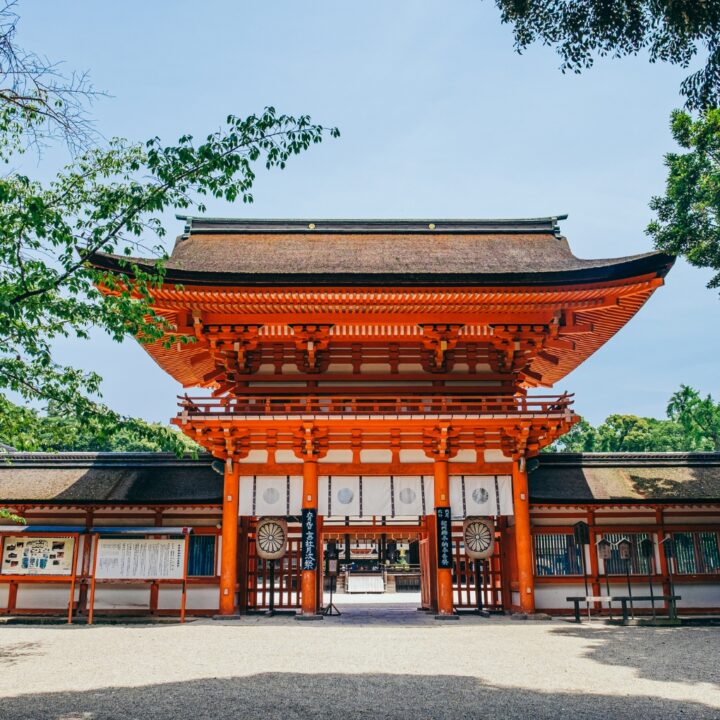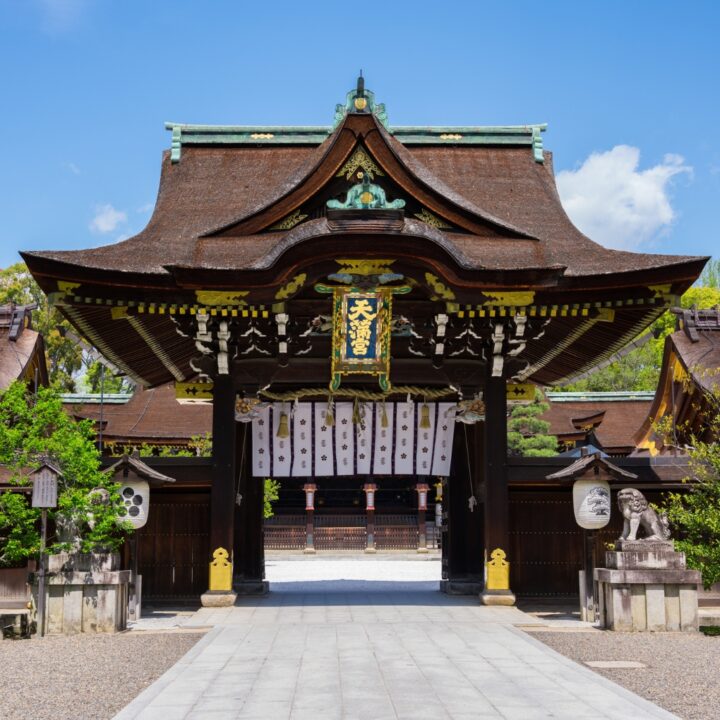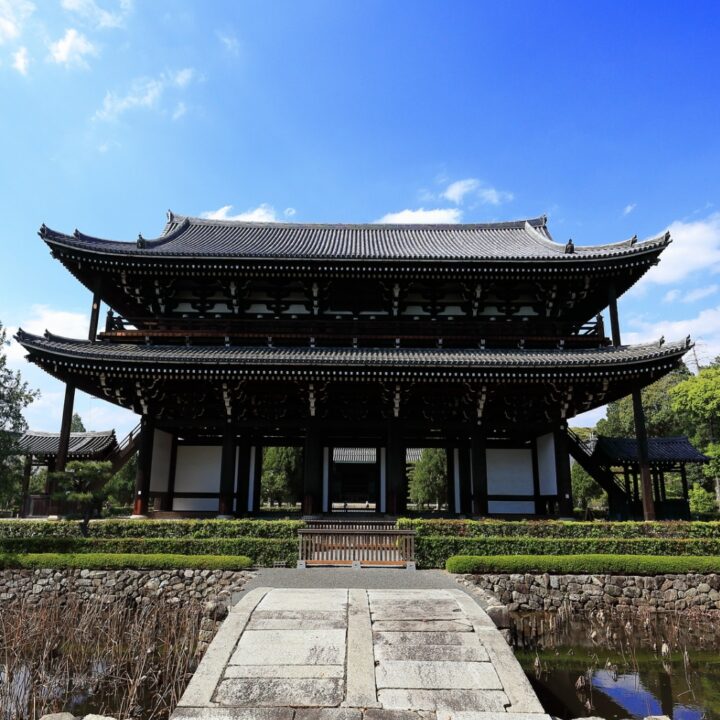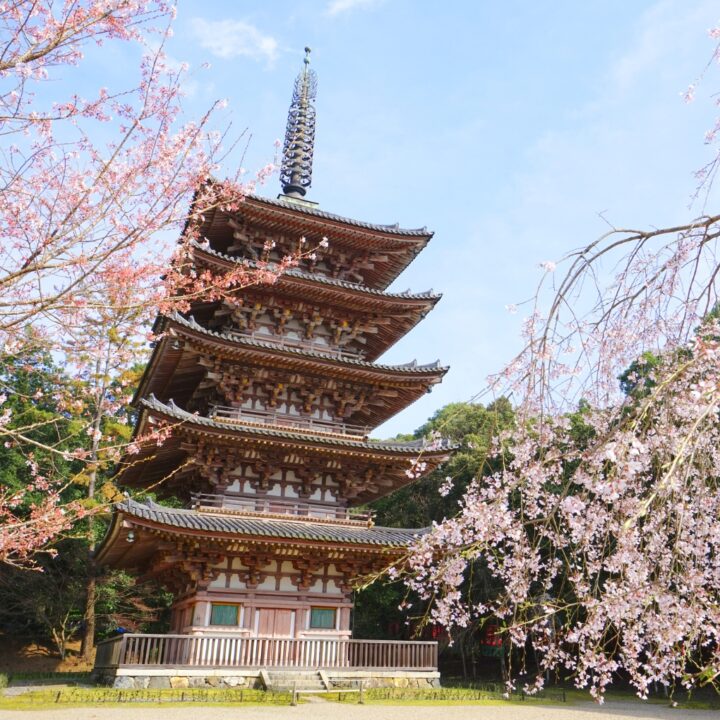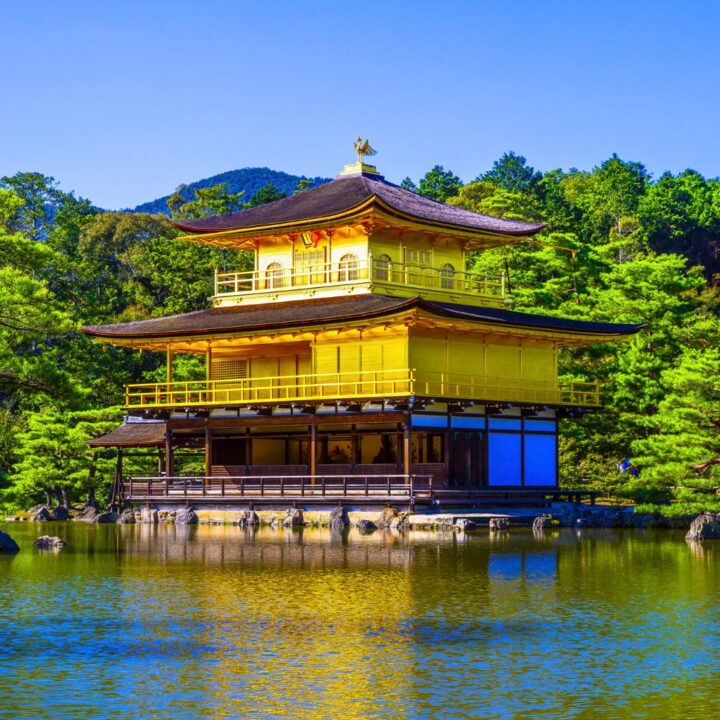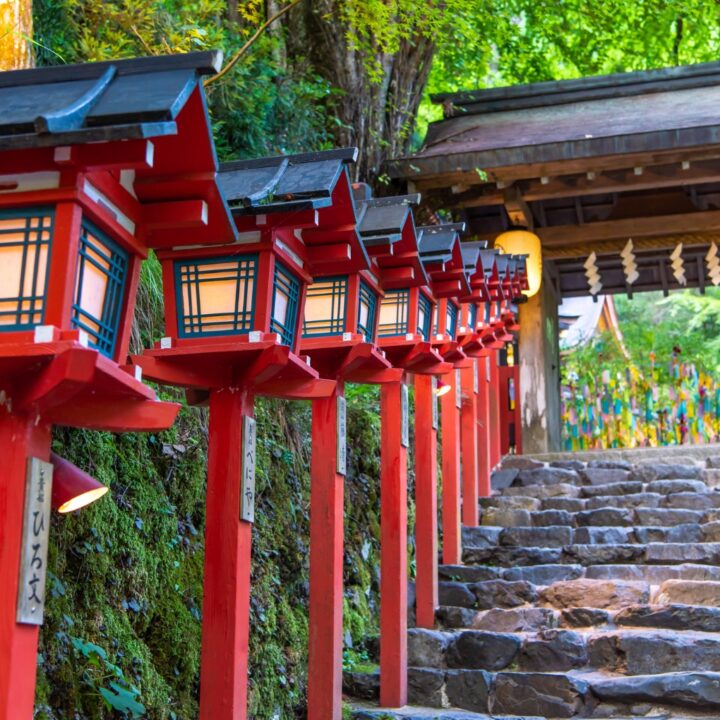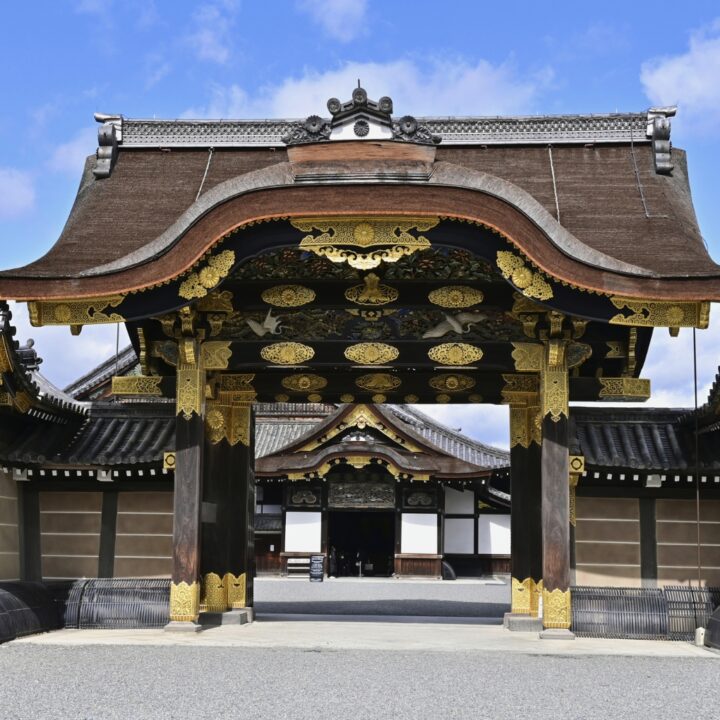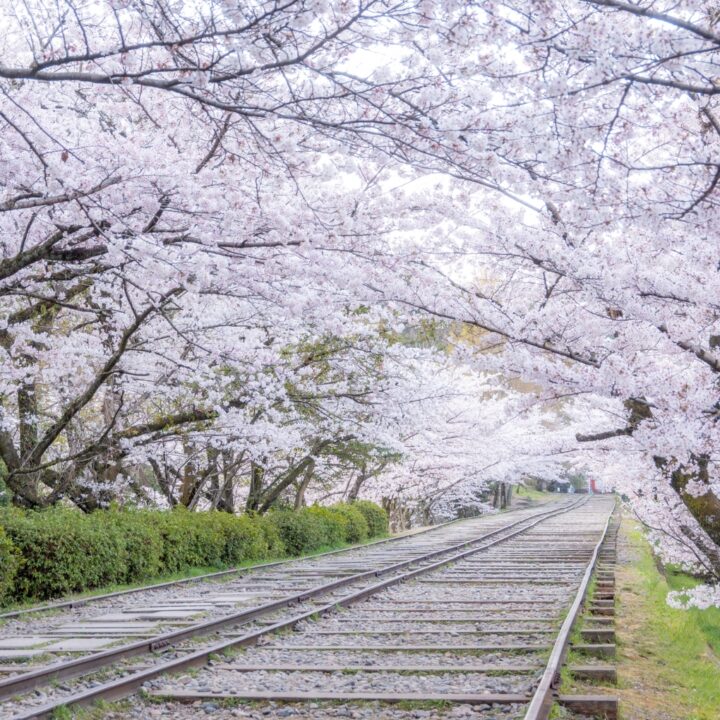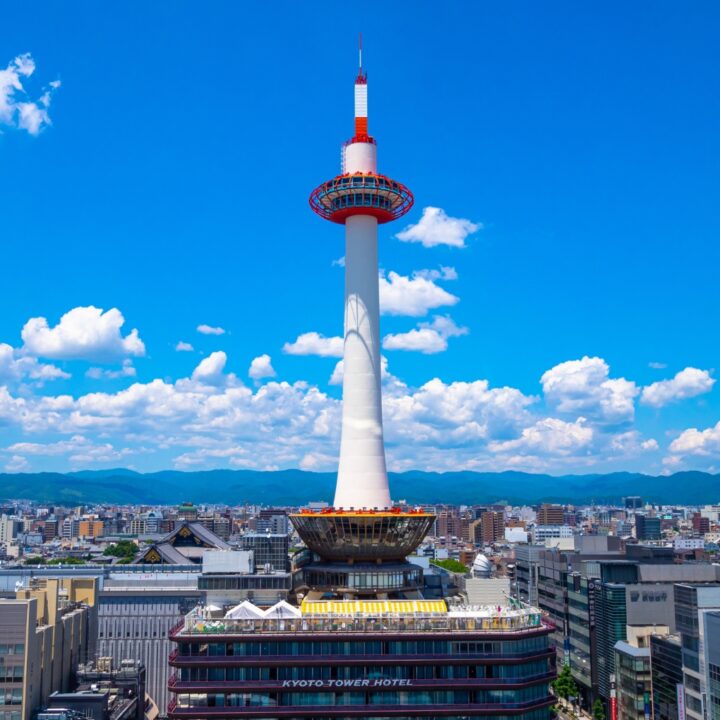Heian jingu Shrine is a venerable shrine established to commemorate the 1100th anniversary of the relocation of Japan’s capital to Heian-kyo (present-day Kyoto). It enshrines Emperors Kammu and Kōkō, and its stunning vermilion buildings modeled after the Daidairi (Imperial Palace) of Heian-kyo are a distinctive feature. The approximately 30,000 square meter shrine grounds are adorned with beautiful seasonal flora that captivates visitors throughout the year. During the annual Jidai Matsuri (Festival of Ages) held on October 22nd, a magnificent reenactment of a Heian period procession takes place, allowing you to experience Kyoto’s rich history and culture firsthand. Heianjingu is an essential destination for any visit to Kyoto.
Highlights
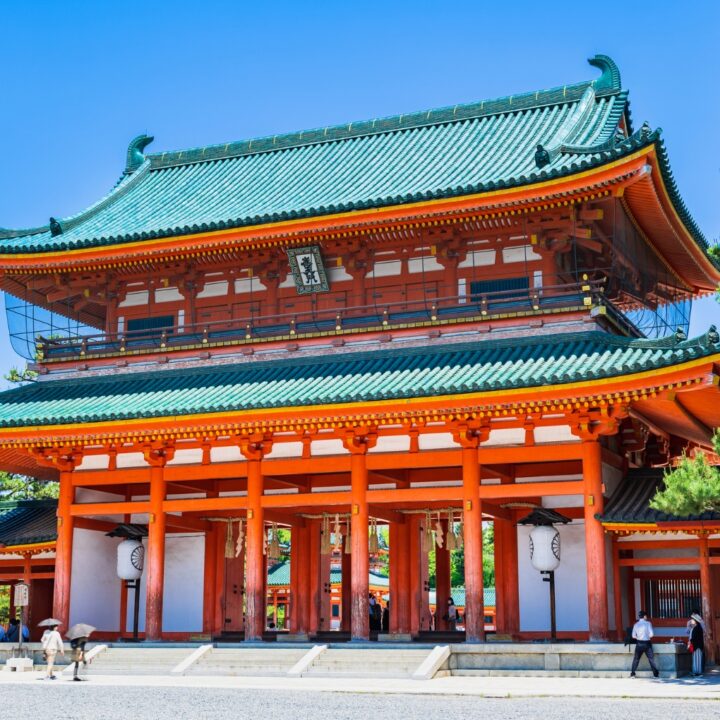
Solemn Shrine Buildings Evoking Heian-kyo
The buildings of Heianjingu were modeled after the Daidairi of Heian-kyo, exuding an aura of solemn grandeur. The graceful vermilion structures, including the Otenmon Gate and Daikokuden Hall, emanate a mystical ambiance as if frozen in time. The Otenmon Gate and Daikokuden Hall, both designated as Important Cultural Properties of Japan, are must-see highlights. Stroll through the shrine grounds and immerse yourself in the history and beauty of the Heian period.
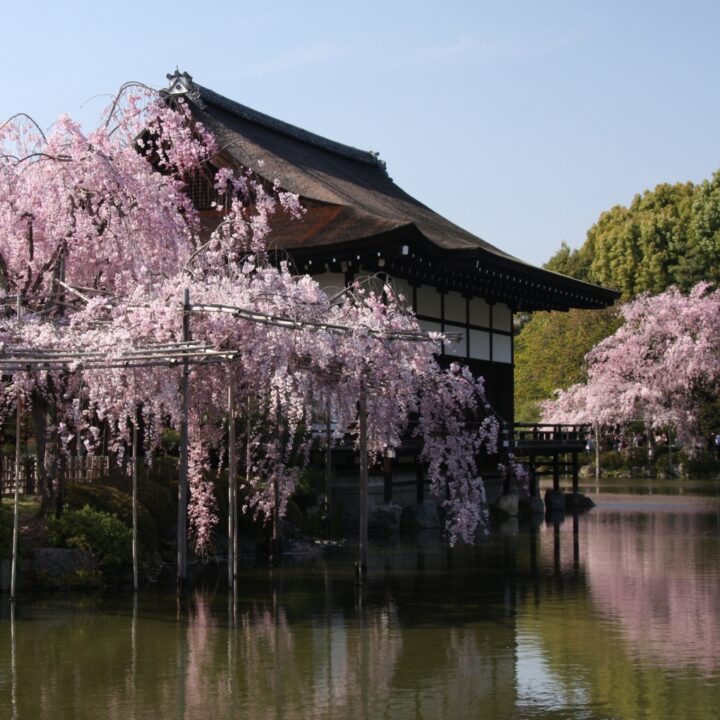
Seasonal Flora adorning the Shrine Gardens
The gardens of Heianjingu are divided into four sections – south, west, central, and east – each showcasing exquisite flowers that change with the seasons. In spring, weeping cherry blossoms elegantly drape the grounds, while summer sees vibrant irises vividly painting the gardens. Autumn brings breathtaking fall foliage, and winter cloaks the gardens in serene tranquility. With its ever-changing seasonal vistas, Heianjingu's gardens offer new discoveries with every visit.
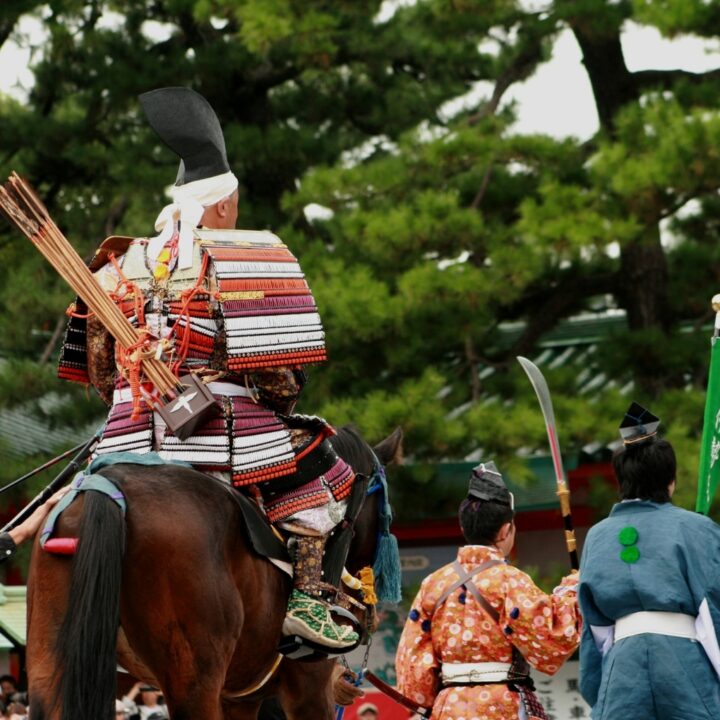
Journey Back to the Heian Period at the Jidai Matsuri
The annual Jidai Matsuri (Festival of Ages) held on October 22nd commemorates the establishment of Heianjingu. This event features a reenactment of a Heian period aristocratic procession, with participants donning elaborate period costumes as they parade through Kyoto's streets. Partaking in this festival allows you to experience the world of the Heian Period scrolls as if you have time-traveled. The Jidai Matsuri is an autumn tradition beloved in Kyoto and a truly unique event at Heianjingu.
Information
| Name in Japanese | Heian Jingu Shrine(平安神宮) |
| Postal Code | 606-8341 |
| Address | 97 Okazakinishitennocho, Sakyo-ku, Kyoto City, Kyoto |
| Telephone | 075-761-0221 |
| Holiday | Open every day |
| Business Hours | 6:00am – 5:00pm (Extended to 5:30 pm or 6:00 pm depending on the season) |
| Admission | Shrine precincts are free.
Shin-en garden: Adults 600 yen, Elementary school children 300 yen (Entry from 8:30 AM until 30 minutes before closing time) |
| Directions | Alight at the “Okazaki Koen Bijutsukan/Heian Jingu-mae” bus stop on the Kyoto City Bus and walk for 5 minutes. |
| Credit cards | Not accepted |
| Official Website | Official Website |
FAQ
How can I access Heianjingu Shrine?
Heianjingu can be accessed via city bus or subway. By city bus, get off at the “Okazaki Koen Bijutsukan・Heianjingu-mae” stop, and it’s about a 3-minute walk. By subway, take the Tozai Line to Higashiyama Station, and it’s a 10-minute walk from there.
What are the opening hours and admission fees for Heianjingu Shrine?
Heianjingu’s opening hours vary by season but are generally from around 6 AM to 5 PM or 6 PM. Admission fees are 600 yen for adults, 350 yen for middle and high school students, and 200 yen for elementary school students.
Are there any recommended sights near Heianjingu Shrine?
Near Heianjingu, there are many attractive sights, including Nanzen-ji Temple, Eikando Temple, and Okazaki Shrine. Nanzen-ji is especially renowned for its autumn foliage, while the night illumination at Eikando in fall offers an ethereal ambiance. Combining Heianjingu with these nearby spots can enhance your Kyoto sightseeing experience.

